The difference between Hainan coffee beans and Yunnan coffee beans Hainan coffee and Yunnan small coffee beans taste
The growing areas of coffee in China are mainly concentrated in Taiwan, Yunnan and Hainan. The territory of our coffee in China is larger than you think.
Qianjie Coffee is here today to share with you the stories of Hainan coffee beans and Yunnan coffee beans.
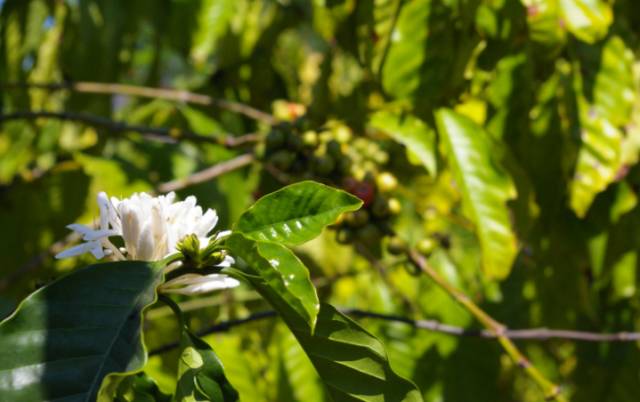
Fushan Coffee and Xinglong Coffee are famous all over the world. As everyone knows, the origin of Hainan coffee and the introduction of the first coffee tree are in Wenchang.
A coffee bean, drifting across the sea, has gone through ups and downs, falling to the ground and taking root. When you pick up a cup of coffee, have you ever thought about its wobbly journey a hundred years ago; when you sip a cup of coffee, will you think of the old scene of stir-fried coffee in an iron pot? Please pour a cup of coffee and slowly recall the past.
The first coffee tree
Come to the entrance of Shilenpo Village, Nanyang Town, Wenchang City, and walk a section of winding village road to find the courtyard of the Kuang family. The first coffee tree on Hainan Island was introduced and rooted here. As soon as he arrived in the courtyard, villager Kuang Xiangting greeted him. The 63-year-old Kuang family is the fourth generation descendant of the Kuang family. He enthusiastically led us to see the coffee trees and told us a story of the past:
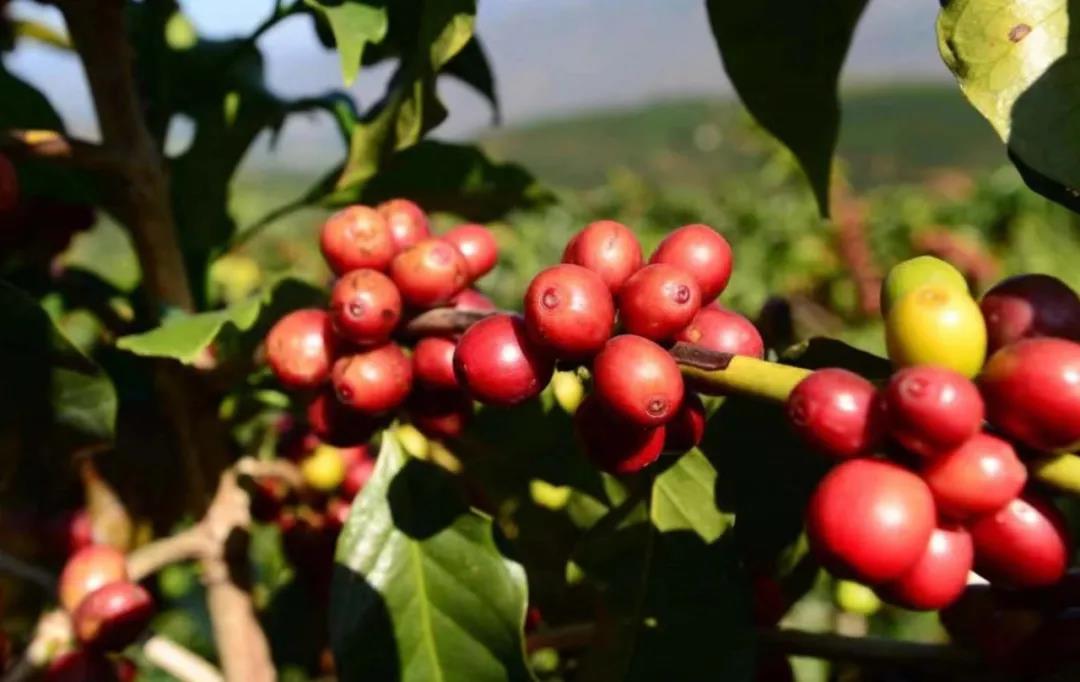
Kuang's great-grandfather, Kuang Shilian, was born in 1880 and defected to his uncle in Malaya in 1898, but because he could not adapt to the local living habits, he came back half a year later and brought back the seeds of the coffee tree. The original seeds were planted in Wenchang's hometown, but only 12 plants were planted alive. In general, coffee trees are 20 or 30 years old, most of them are 40 or 50 years old, but these 12 coffee trees have resisted the metabolism of life.
Introduction of coffee beans in coffee producing areas of Hainan, China
According to the historical records of Hainan, Hainan was the first place to grow coffee. In the 20th year of the people's Republic of China (1935), Mr. Chen Xianzhang, an overseas Chinese, successfully introduced coffee from the Indonesian island of Sumatra to Hainan, thus opening the first page of the history of coffee in Hainan. Now it has been extended to all parts of Hainan Island.
In the Agricultural Volume of the Chinese Encyclopedia, it is believed that Hainan began to introduce coffee in 1908. This "1908" refers to overseas Chinese businessman Zeng Wangyuan's introduction of 150000 coffee trees from Malaysia at that time, but eight years later, most of these coffee trees died from frost. It was not until 1935, when Chen Xianzhang, an overseas Chinese in Indonesia, thought that the Fushan area was "rich in spring and sweet soil", so that Fumin Farm was established, and Hainan began the history of large-scale coffee cultivation.
Unique geographical environment
Hainan Province is located in the north of the equator around the sea. Latitude 19 degrees 23 degrees north, longitude 109 degrees 00 degrees east; altitude 21 MUR 300 m. Hainan belongs to the tropical island monsoon climate, the four seasons are evergreen, the climate is warm, and the seasonal difference is not obvious; the annual average temperature is 23.1 °C-24.4 °C, the lowest temperature is 8 degrees, and there is no frost all the year round; the rainfall is abundant, the average annual rainfall is about 2000ml 2500mm, the air is moist, the average relative humidity is 89%; the light is sufficient, the annual average light is 1900 hours; the ambient air quality is excellent, and it is an ideal base for growing coffee. The excellent climatic condition in Hainan is an irreplaceable climatic resource for the production of high-quality Hainan coffee.
Main producing area
Hainan mainly grows medium-grain coffee, and its dominant areas include Chengmai, Wanning, Wenchang, Qiongzhong, Baisha and Sanya.
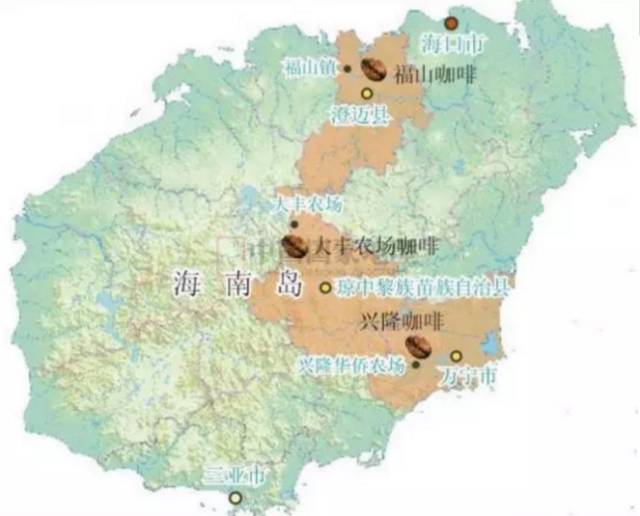
Coffee on Hainan Island was first brought back from Nanyang by the ancestors of overseas Chinese in Wenchang to be planted there. However, because of the climate and environment, it specializes in growing "medium fruit coffee", the so-called Robusta variety, which has a strong and bitter taste and has become a promising local industry.
Coffee brand
Hainan coffee regional brand advantage is obvious, the local coffee culture atmosphere is strong, more influential in the local Xinglong, Fushan, Lishen, Hou Chen, Nanguo, Chunguang and other local coffee brands, Hainan coffee production enterprises are showing a rapid growth trend.
From the perspective of industrial chain, Hainan coffee has initially formed an industrial chain of scientific research, seedling, planting, processing, distribution, retail, tourism service and culture. The construction of coffee garden can promote the allocation of coffee resources from low-benefit industries to high-benefit industries, so as to achieve "win-win" social, economic and tourism benefits.
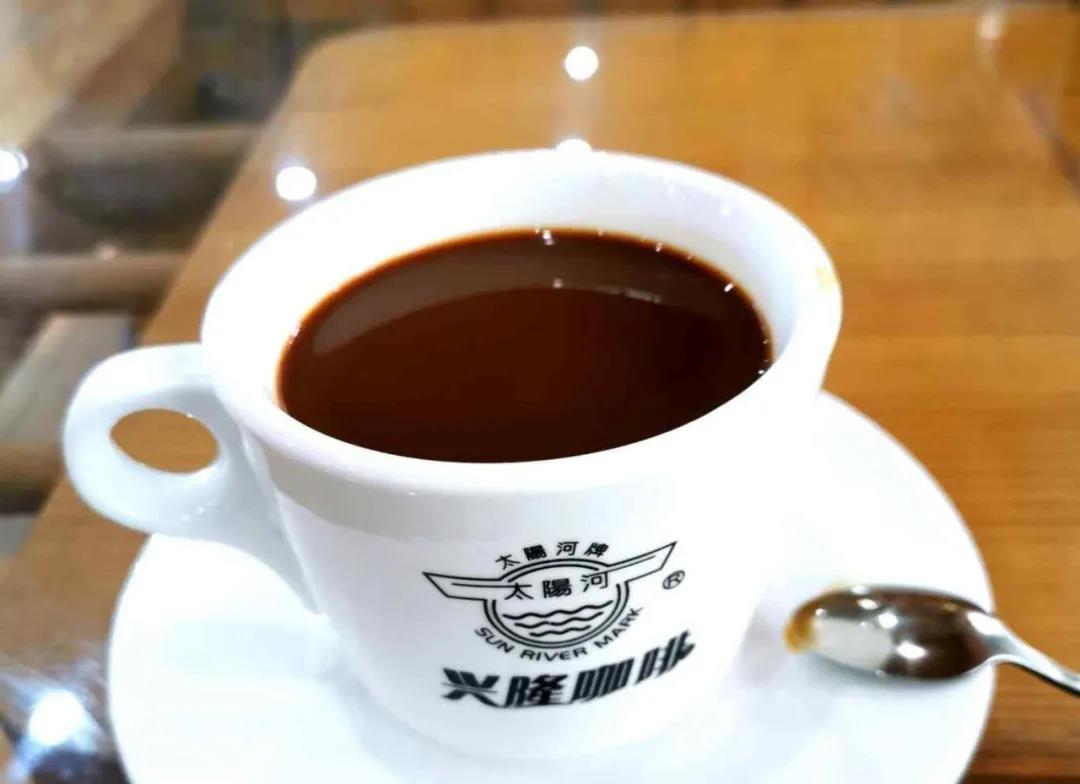
Wenchang: "Mai Coffee" from the earliest growing place of coffee in Hainan
At the end of the 19th century, overseas Chinese in Wenchang brought back from Malaysia to grow coffee on the Wenchang Mai in Hainan. Walking on the streets of a small town, you can often see coffee beans drying on the roadside. The coffee of Wenchang Mai is surging in blood and growing endlessly.
Mai coffee is selected from rural farmers in Maihao area of Wenchang City, Hainan Province, which has a history of more than 120 years and is unique to a very rare large-grained coffee tree, LIBERICA, which grows in front and back of rural houses, and some are even over 40-year-old coffee trees. Selected ripe red fruit, after special technological treatment, roast coffee beans independently. Mai coffee has no scorched or sour taste, has a bitter taste and has a slightly higher caffeine content.
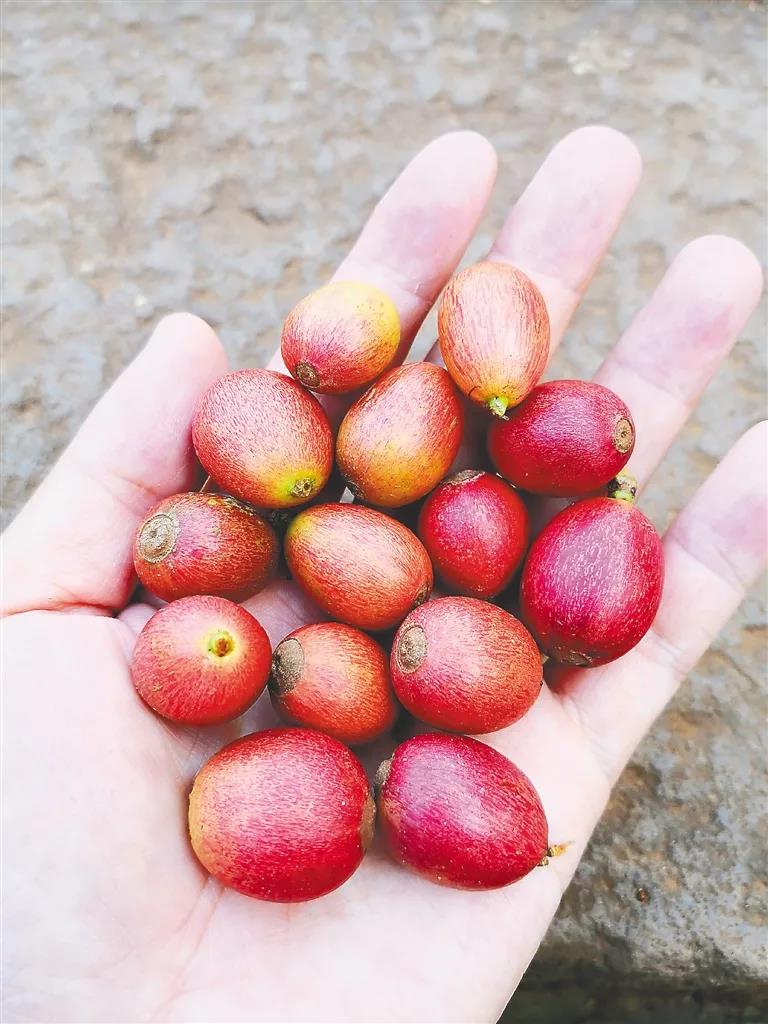
Large seed coffee beans grown in Wenchang Mai and other places
Entering the 21st century, with the increasing demand for coffee market and increasing government support, a number of Hainan specialty coffee brands such as Xinglong, Fushan and Mushan are fighting for the market, while Wenchang coffee is gradually silent due to traffic, policy and other factors. At that time, Mai coffee almost monopolized the supply channel of coffee in Hainan!
Coffee is a crop and it has a fruiting cycle.
If you ask: how many years does it take for a coffee bean to blossom and bear fruit? What is the yield of a coffee tree in a year? Qianjie will give you a detailed introduction in this article.
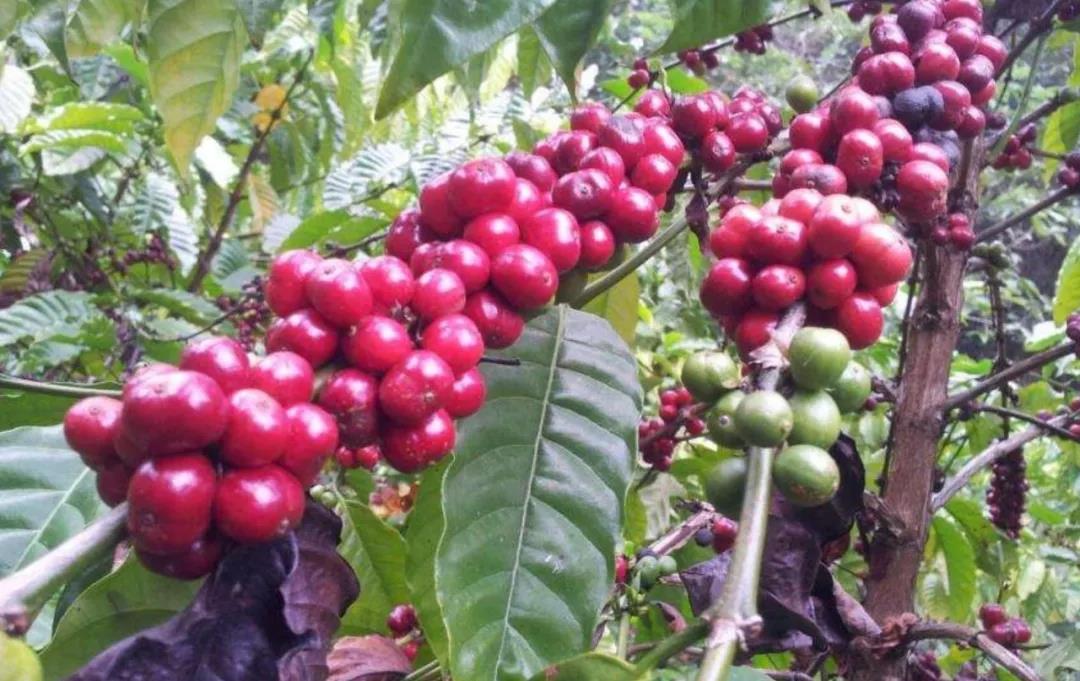
How many years does it take for a coffee bean to blossom and bear fruit?
According to the observation of Qianjie Coffee, it takes about 5 years for coffee to blossom and bear fruit. The coffee beans began to bear fruit 3-5 years after sowing, and the harvest period was 5-20 years. A coffee tree can produce about 3 to 5 kilograms of fruit every year. Coffee belongs to the plant family Rubiaceae, there are 500 genera and more than 6000 species. Coffee plants are mostly tropical trees and shrubs that grow in the lower layers of the forest.
The wild ones are as high as 4-7 meters, while the artificially cultivated ones are kept at about 2 meters. It takes about 4-5 years from sowing, transplanting seedlings to growing into trees, and its economic life is about 30 years.
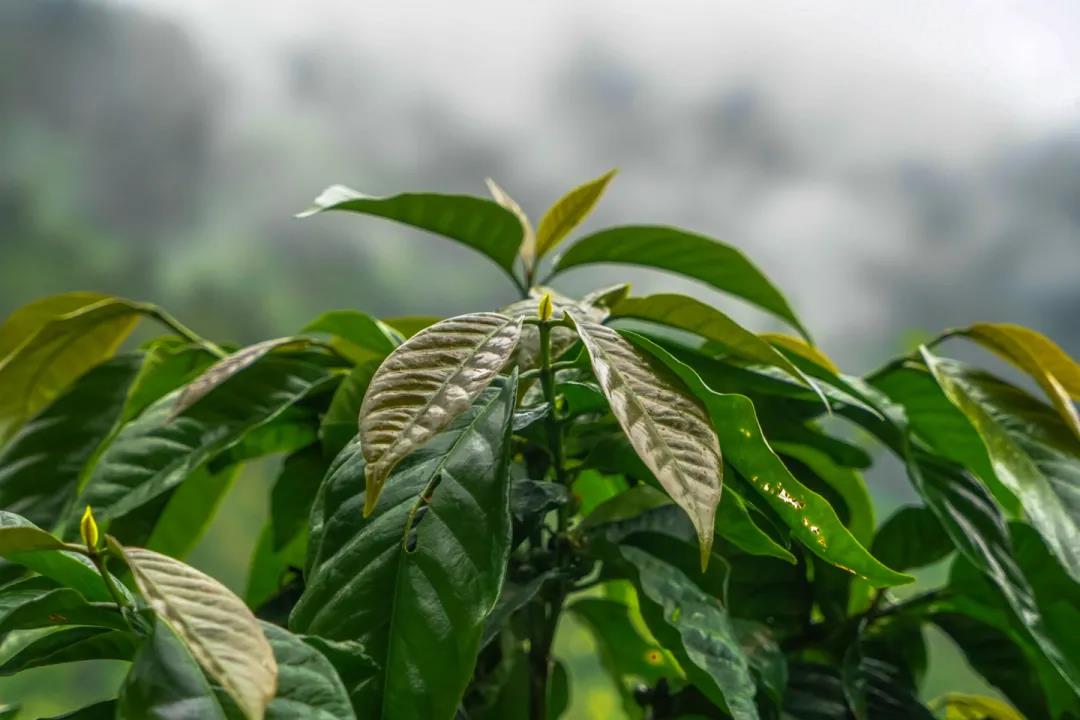
The annual output of a coffee tree
The annual output of a coffee tree is closely related to the variety of coffee and the environment in which it is grown. Coffee trees are harvested only once a year. In Yunnan, 99.99% of the coffee trees planted are Katim, because Katim produces the most.
Variety: Katim
Coffee trees of Katim varieties can be planted densely. For example, 330 Katim coffee trees can be planted in an acre, which can produce about 300 kilograms of coffee fruit, which means that an average Katim coffee tree can produce 0.9 kilograms of coffee fruit per year.
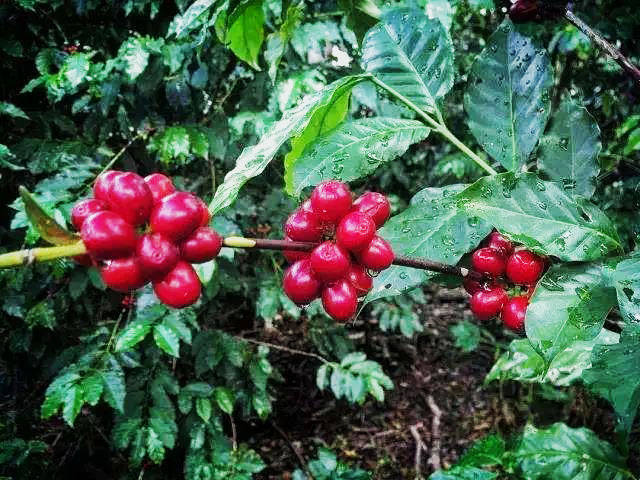
Variety: iron pickup
The main vertical trunk of the coffee tree of the iron pickup variety can be up to 5 meters high. In terms of tree height, the distance between trunk branches and nodes on branches is longer than that of other coffee varieties. Planting 100 iron pickup coffee trees in an acre can produce about 100 kilograms of coffee fruit, that is to say, an average of one tin pickup variety can produce about 1 kilogram of coffee fruit per year.
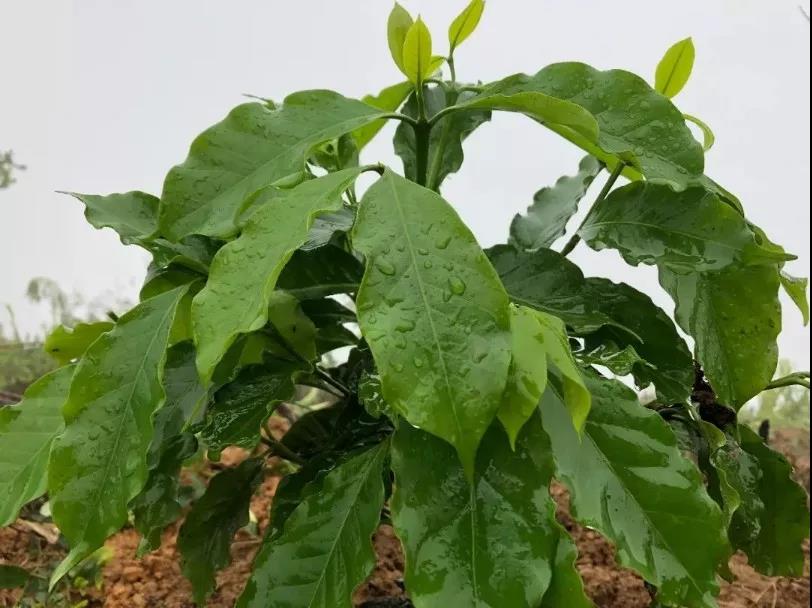
According to Qianjie Coffee, 99.99% of the coffee beans grown in Yunnan coffee producing areas are Katim coffee beans. That is, Yunnan small coffee beans that we often see in the market.
Coffee farmers choose Katim coffee beans as the main target because Katim is high-yielding and easy to feed. However, the flavor of Katim coffee beans is not as good as that of tin card. For this reason, Qianjie Coffee is grown in the coffee farm in Baoshan, Yunnan Province, where the varieties of coffee are planted with the iron pickup card, in order to give everyone who loves coffee the best Yunnan coffee.
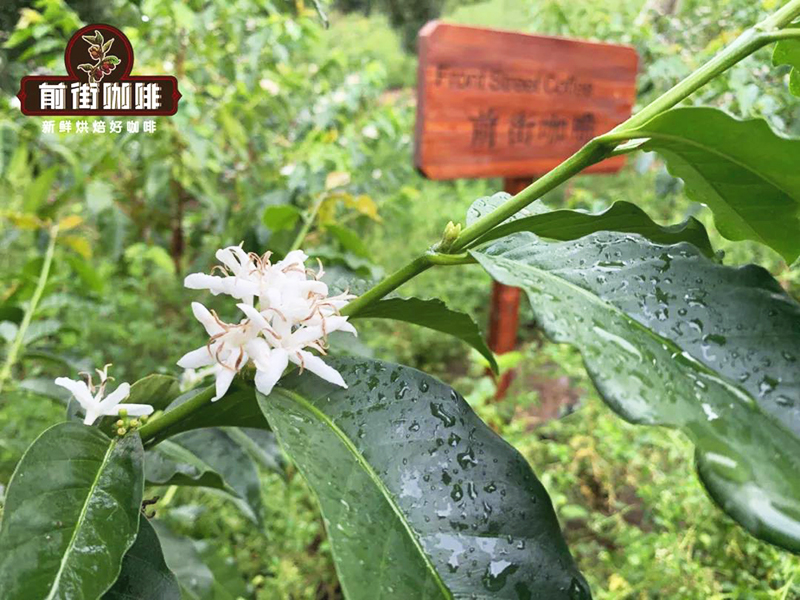
Qianjie Coffee gives you four important messages:
Arabica accounts for about 70% of the world's coffee production.
As the oldest Arabica variety, iron pickup is derived from all Arabica coffee.
Tieka coffee has an elegant flavor, but the plant has a weak physique and low disease resistance, so it is easy to be infected with leaf rust.
The top leaves of the iron pickup are bronzed, and the coffee fruit is oval or thin-pointed.
However, due to the low production of iron card varieties of coffee beans can not be economic, in recent years, iron card varieties of coffee beans in Central and South America, gradually replaced by Kaddura varieties of coffee beans and Kaduai varieties of coffee beans. I have to feel it! The figure of iron pickup is becoming less and less common.
According to Qianjie Coffee, the earliest coffee variety planted in Yunnan coffee producing areas is iron pickup.
This history can be traced back to the early 20th century, when foreign missionaries planted their own coffee in Yunnan, and then began the earliest large-scale production of coffee in the 1950s for export to the Soviet Union. therefore, at that time, coffee agronomists combined the growing environment and conditions of Yunnan coffee, as well as the quality of coffee, to determine the iron pickup as the main planting variety.
However, as mentioned above in Qianjie Coffee, the coffee bean yield of the iron card variety is not high, and it is easy to get sick, and there are strict requirements on the altitude of planting, so the coffee yield of the iron card tree is very little. and the most important thing is that the coffee farmers in Yunnan at that time did not have the consciousness of picking full-ripe coffee, so the quality of the picked coffee fruit was uneven, so coffee farmers in Yunnan turned their attention to easy planting. The Katim variety of coffee, which has a high survival rate and high yield, has been put on the tree.
Dehong Prefecture is also one of the earliest areas of coffee cultivation in Yunnan Province. according to historical records, in 1914, the border people of the Jingpo nationality in Yunnan introduced coffee cultivation from Myanmar to Nongxian Village in Ruili County, Dehong Prefecture.
Dehong is listed as the most suitable area for the growth of small-grain coffee. Dehong now has the largest coffee seed gene bank in China. Hougu Coffee is a coffee company growing up in Dehong Prefecture and the largest manufacturer of instant coffee powder in China.
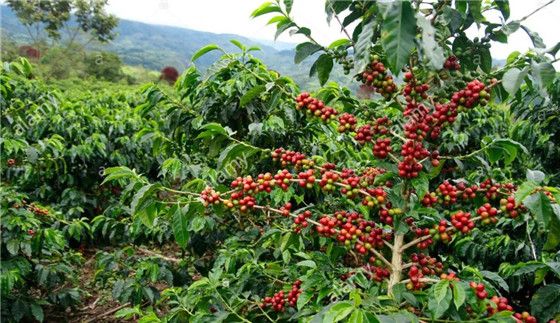
Katim is a combination of Arabica and Robusta, which has good resistance to leaf rust and rich oil, high yield and easy to grow, so after crossing with Arabica, Katim has 25% of the Robusta gene, which improves resistance to leaf rust and retains rich oil. at the same time, it also has the rich taste of some tin card original species. So this is one of the reasons why Katim coffee beans are still widely planted in Yunnan.
In addition, Qianjie Coffee chooses to grow iron pickup coffee mainly in the manor, thinking that if you want to change the flavor of Yunnan coffee, you should start from the root. Now Yunnan coffee is numb to rely on special treatment to quickly change the bad flavor of coffee, resulting in consumers will have the inherent impression that "Yunnan can only drink with special treatment". As mentioned above in Qianjie Coffee, iron pickup coffee beans have a special quiet, clean flavor, balanced taste and high cleanliness, which cannot be achieved by special treatment.
Baoshan, a coffee bean producing area in Yunnan
The reason why Qianjie Coffee chose to plant iron pickup coffee trees in Baoshan, Yunnan Province, is not without reason. There has been a long history of growing coffee in Baoshan, Yunnan. Specifically, from the mid-1950s, the first coffee seedling was introduced by the late patriotic overseas Chinese Mr. Liang Jinshan in Southeast Asia.
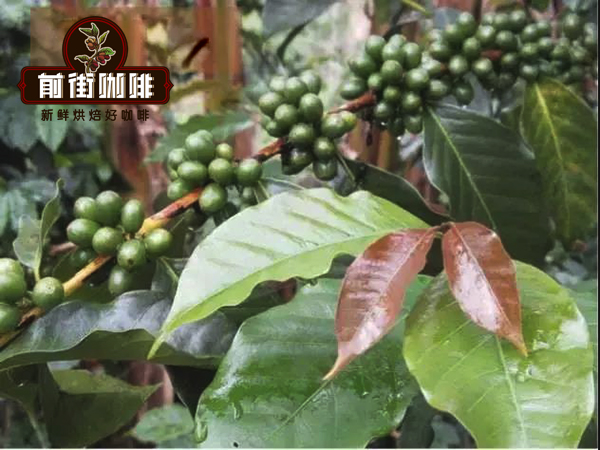
In recent years, with the expansion of international trade, Lujiangba's small-grain coffee is more famous. Merchants in Europe, the United States, Egypt, Hong Kong and Macao, especially in Britain, the United States, Egypt, Hong Kong and Macao all regard it as top-grade coffee, and their products are in short supply. In December 2010, after being examined and approved by China's General Administration of quality Supervision, Inspection and Quarantine, it was decided to implement national geographical indication product protection for "Baoshan small Coffee".
In other words, Qianjie Coffee chose to grow coffee at the junction of Yunnan Baoshan and Myanmar because Baoshan has an average temperature of 21.5℃, with a maximum of 40.4 ℃, which is basically frost-free all the year round, and is recognized as the best producer of small-grain coffee.
The small-grain coffee cultivated here is famous at home and abroad for its strong but not bitter, fragrant but not strong, well-proportioned small noodles, mellow and fruity. Baoshan small-grain coffee in Yunnan has a long history of cultivation. Baoshan small-grain coffee can be said to be a national geographical indication product.
Next, Qianjie Coffee will share with you the flavor between Yunnan Katim coffee beans and iron card coffee beans!
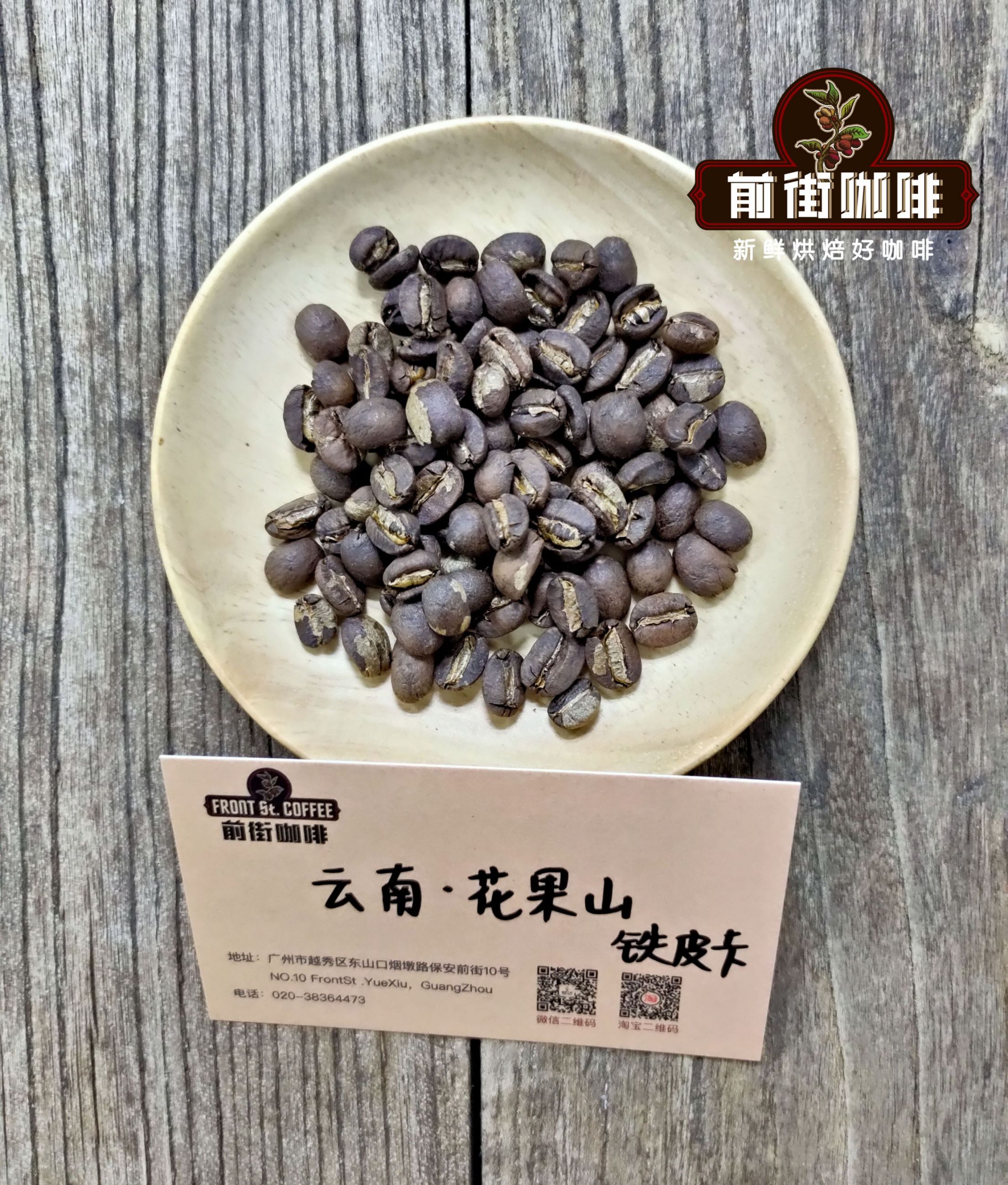
Qianjie coffee Yunnan Huaguoshan coffee beans
Country: China
Producing area: Baoshan, Yunnan
Altitude: 1450-1550m
Variety: iron pickup
Treatment: washing treatment
Flavor: citrus, nuts, plums, melon and fruit, brown sugar, black tea
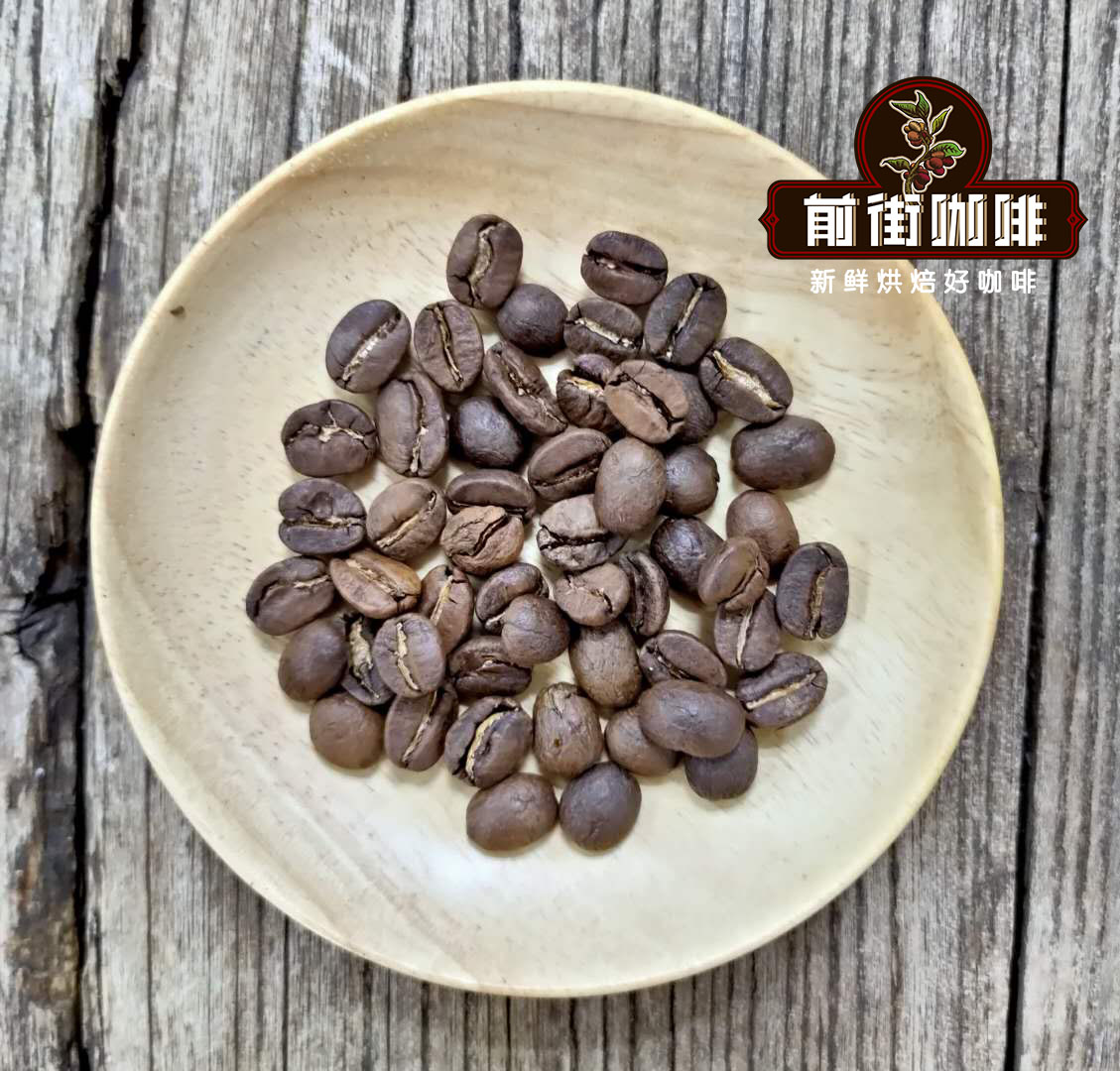
Qianjie Coffee Yunnan small Coffee beans (rations beans)
Country: China
Producing area: Baoshan, Yunnan
Altitude: 1200m
Variety: Katim
Treatment: washing treatment
Flavors: herbs, nutty aromas, chocolate, caramel
Yunnan small-grain coffee beans refer to the small-grain coffee cultivated in Yunnan. Coffee is a small evergreen tree of Rubiaceae, native to Africa. At present, small-grain coffee and medium-grain coffee are mainly cultivated as beverage plants. The small-grain coffee beans cultivated in Yunnan, China traditionally refer to the mixed population of bourbon and iron pickup varieties.
The difference between Yunnan Huaguoshan coffee beans and Yunnan small-grain coffee beans in Qianjie coffee is that Huaguoshan coffee beans are iron pickup varieties, while Yunnan small-grain coffee beans are Katim varieties. But in fact, these two beans can be called small coffee beans. This bean is named "Huaguoshan" because the fragrance and acidity of the iron pickup are softer and richer, so it is specially named to distinguish between the two varieties of beans.
Qianjie Coffee Yunnan Coffee beans hand-brewed suggestion
Both beans are from Yunnan, and the degree of baking is moderate, so V60 filter cup is recommended in the choice of filter cup.
Filter cup: V60
Water temperature: 90-92 ℃
Powder / water ratio: 1:15
Degree of grinding: medium and fine grinding, that is, the thickness of fine sugar (57% of the pass rate of Chinese standard No. 20 screen)
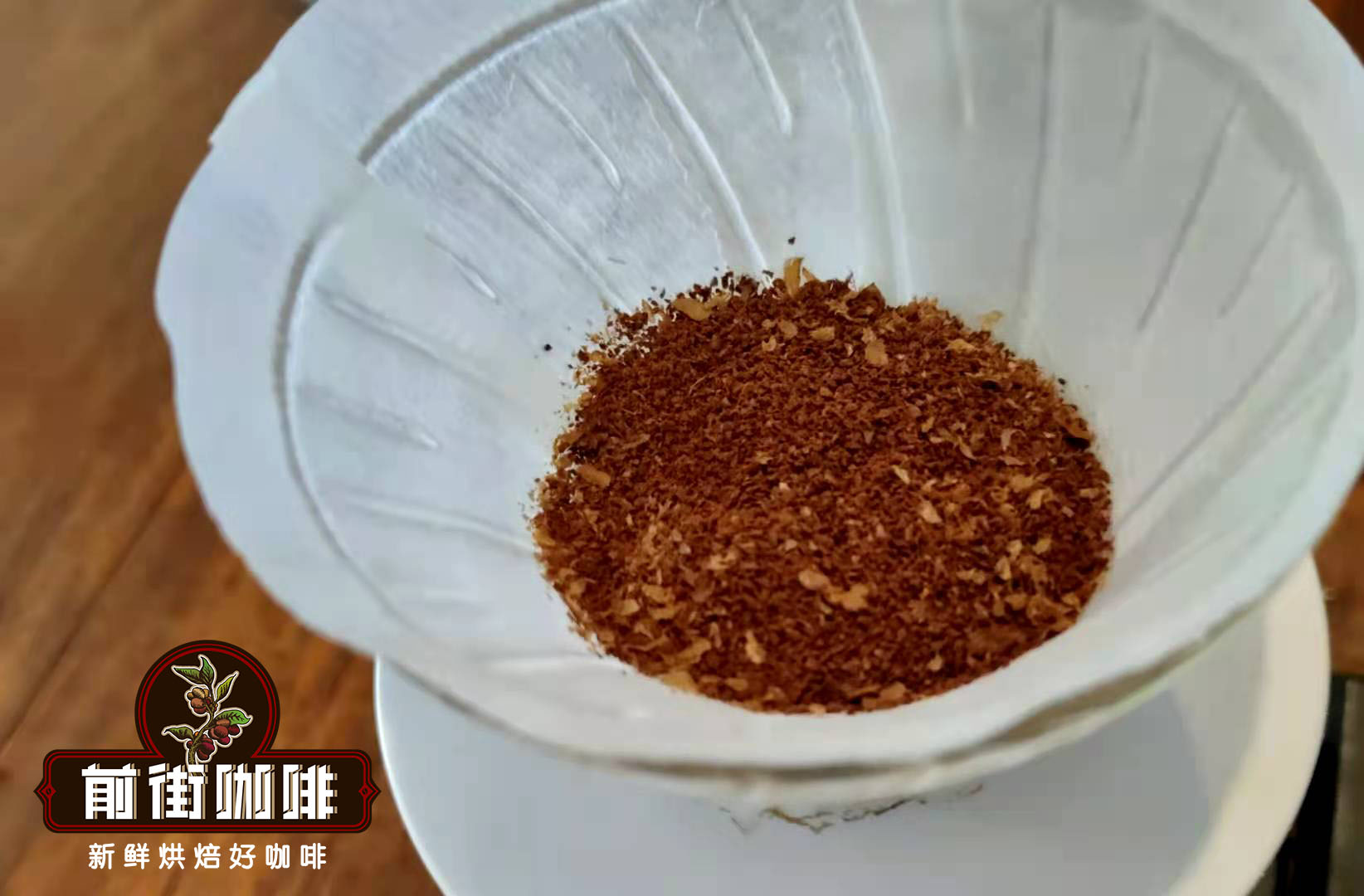
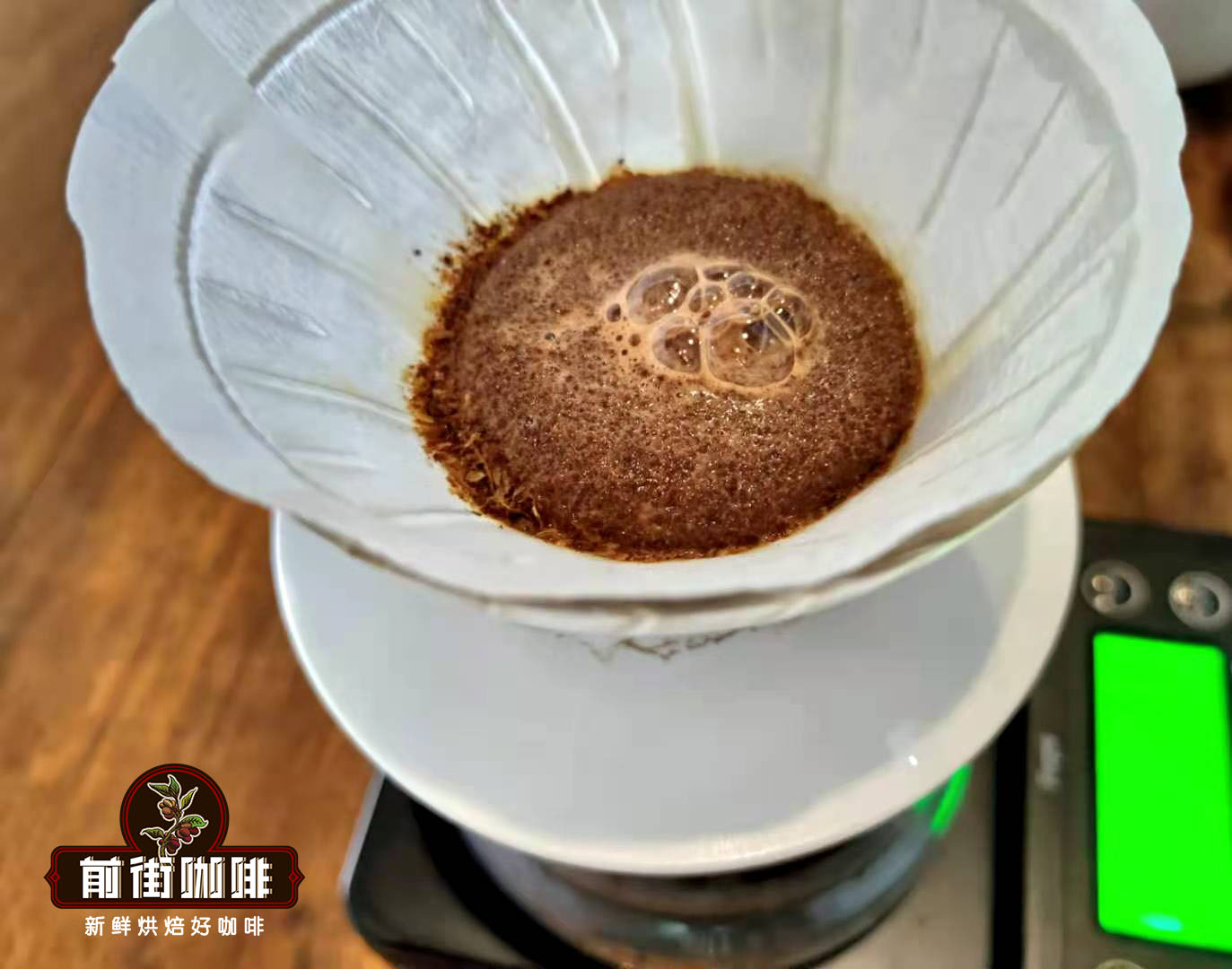
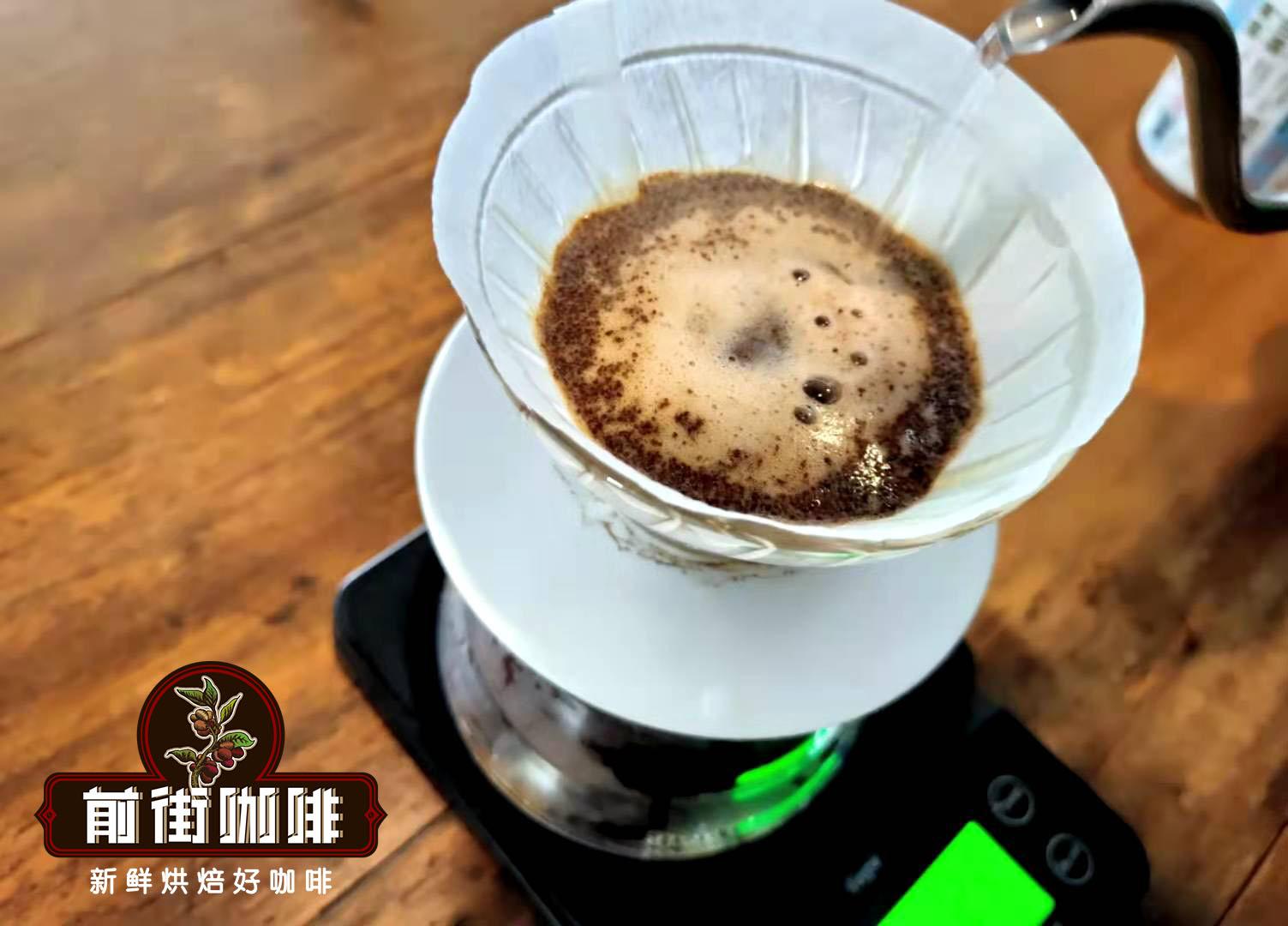
Flushing and cooking technique: segmented extraction.
Steam with 30 grams of water for 30 seconds, small flow circle injection to 124 grams, continue to inject water to 227 grams when the water level is about to be exposed to the powder bed, remove the filter cup when the water level is about to expose the powder bed, and the extraction time is 2 minutes.
Qianjie Coffee description of Yunnan Huaguoshan Coffee Bean Flavor
Thick but not bitter, fragrant but not strong, flower fragrance, sweet melon in the middle, black tea feeling at the end.
Qianjie Coffee Flavor description of Yunnan small Coffee beans
The entrance is supple, the aroma of Asian herbs is lively and bright, the cheeks are lively and bright, the cheeks are sour, mellow and balanced, and the layers are rich. The taste of dark chocolate, honey and sucrose is obvious, and the flavor is brown sugar after placed at room temperature.
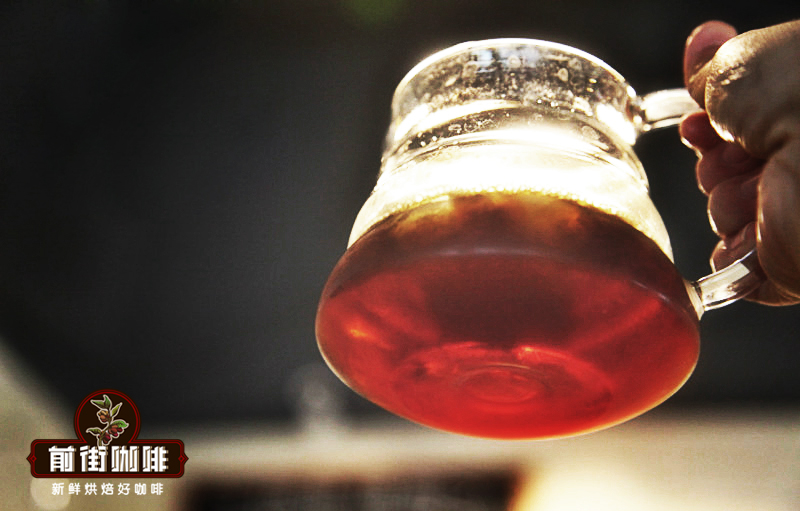
For more information about coffee beans, please follow the coffee workshop (Wechat official account cafe_style)
For professional coffee knowledge exchange, please add WeChat kaixinguoguo0925.
Important Notice :
前街咖啡 FrontStreet Coffee has moved to new addredd:
FrontStreet Coffee Address: 315,Donghua East Road,GuangZhou
Tel:020 38364473
- Prev

Easily understand the function of coffee grounds of coffee beans (5)
Coffee drinkers often have to face a lot of dregs left after brewing coffee, so it's a pity to dump it. A recent article published by the Coffee knowledge Network in the United States advises everyone to reuse their resources so that coffee grounds can become a good helper in life. Coffee grounds mainly have the following five major functions. 1. Plant nutrients because coffee grounds contain nutrients that plants need to grow, pour them into flowerpots.
- Next

Like dung beans beat cat poop beans to become the world's most expensive coffee beans with fruity aroma.
Black Ivory Coffee (Black Ivory Coffee), also known as Elephant dung Coffee, Elephant Dung beans. It is made from coffee beans digested and excreted by Thai elephants and produced in the Golden Triangle Asian Elephant Base. It is the most expensive coffee bean in the world, selling for as much as NT $33000 (about 6747 yuan) per kilogram. Black Ivory Coffee-introduction to Black Ivory Coffee (Black Ivory Coffee
Related
- Guji coffee producing area of Guji, Ethiopia: Humbela, Shakiso, Wulaga
- What is the most expensive variety of Qiloso in BOP multi-variety group?
- How to store the coffee beans bought home?
- Why are Yemeni coffee beans so rare now?
- Ethiopian Sidamo all Red Fruit Sun Sun Santa Vini Coffee beans
- SOE is mostly sour? What does it mean? Is it a single bean? what's the difference between it and Italian blending?
- Is Italian coffee beans suitable for making hand-brewed coffee?
- How to choose coffee beans when making cold coffee? What kind of coffee beans are suitable for making cold coffee?
- Just entered the pit to make coffee, what kind of coffee beans should be chosen?
- Can only Japan buy real Blue Mountain Coffee? What are authentic Jamaican Blue Mountain coffee beans?

